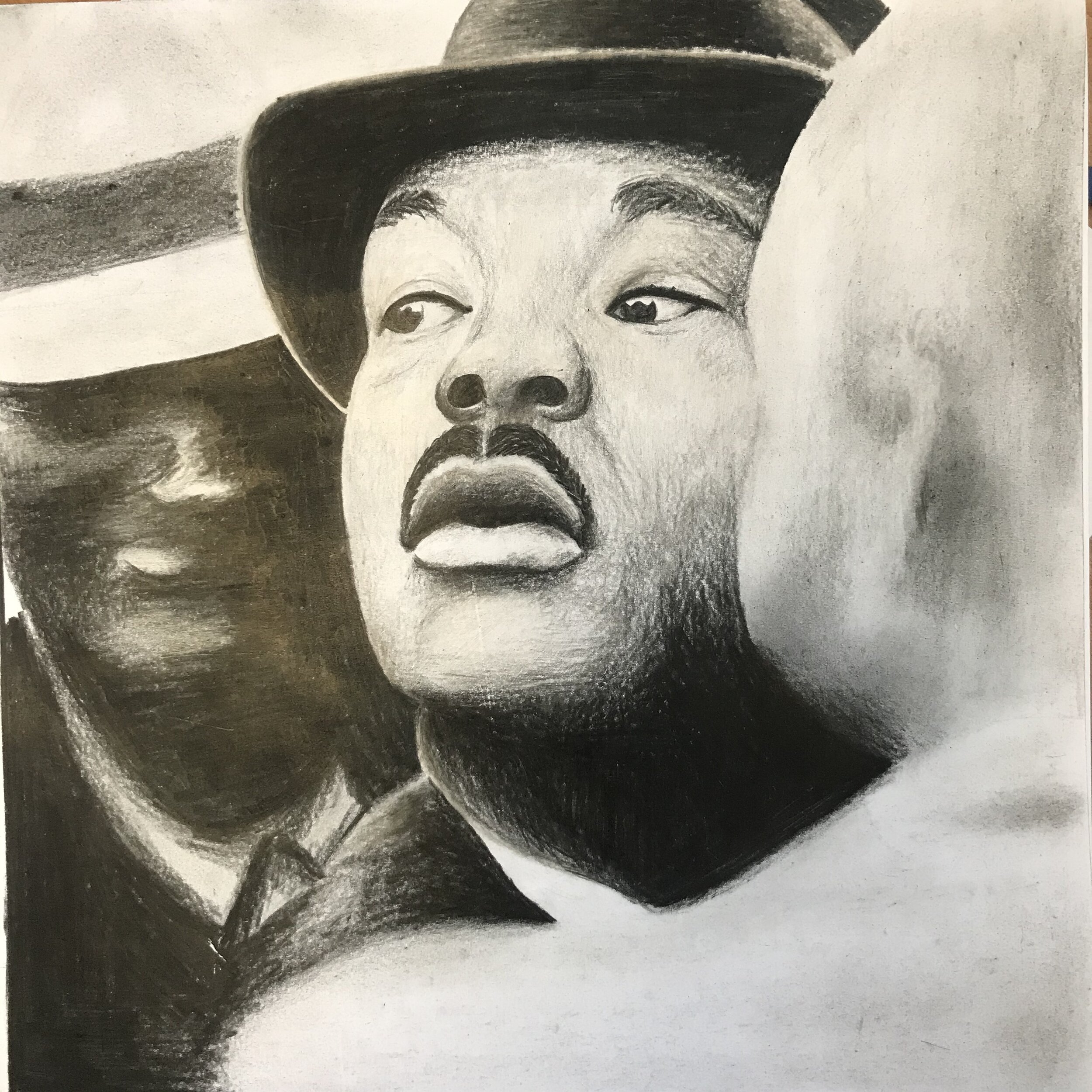What exactly does it mean to be intelligent? Often it means something along the lines of smart, intellectually agile, or having earned high marks on tests in school. Historically, education seemed to identify “reading, writing, and arithmetic” as the core aspects of learning, often loosely categorizing learners as tending to either be strong in math/sciences or in humanities.
But human beings are much more richly nuanced than this. In 1983, Dr. Howard Gardner (a 1971 Harvard graduate, Harvard professor of education, speaker, and author) published the controversial book Frames of Mind: The Theory of Multiple Intelligences in which he challenged the long-accepted paradigm of two “tracks” of students: those inclined towards mathematics, and those strong in language. Instead, in his original publication Gardner identified seven types of intelligence, and through his subsequent work identified an additional two realms of intelligence for a total of nine: bodily-kinesthetic, interpersonal, verbal-linguistic, logical-mathematical, naturalistic, intrapersonal, musical, visual-spatial, and existential.
Another perspective of intelligence comes from author, psychologist, and science journalist Dr. Daniel Goleman. Goleman’s internationally best-selling 1995 the book entitled Emotional Intelligence develops the argument that a person’s Intelligence Quotient, or IQ, in actuality does not reliably indicate future life success. Instead, Goleman asserts that IQ contributes at best twenty percent to the factors that determine life success, leaving eighty percent or more to “other conditions”. Goleman expounds upon an idea he calls “Emotional Intelligence” or “EQ” - the ability, capacity, or skill to identify, assess, and manage the emotions of one’s self, of others, and of groups. Referring to numerous studies that support his assertions, this type of intelligence, he explains, is the factor that allows an individual of “average” IQ to experience higher-than-average success in personal relationships, in school, in the workplace, and in the community.
Gardner and Goleman’s work, while independent of one another, is complementary in some regards. Each body of work maintains that the human being is a more complex organism than was once believed, and consequently carries implications for what it means to be human, to work cooperatively, to communicate, or to educate. In fact, both of these bodies of work have generated recent efforts and approaches in mainstream education in the form of “differentiated learning” and/or special classes intended to develop the “whole child,” thereby strengthening students’ emotional intelligence.
For one hundred years, Waldorf schools developed on Steiner’s insights have aimed to educate the thinking, feeling, and willing realms of the developing child, often described as an education “from the inside out.” Long before Gardner or Goleman appeared on the education scene, Waldorf schools were fostering a wide variety of students’ individual capacities (capacities that Gardner later identified as the individual spheres of intelligence), as well as being together in a close-knit learning community that allows for - or perhaps even necessitates - the development of “Emotional Intelligence” as described by Goleman. Even the seemingly simple act of the child making eye contact with the teacher while shaking hands cultivates something in the children that influences the manner in which they encounter and interact with their fellow human beings. Perhaps this is why Waldorf school graduates have repeatedly distinguished themselves to college professors, secured prestigious internships, and so on.
Many years ago, as my first Waldorf class was nearing the completion of eighth grade, I hosted a parent evening specifically to address the decision many families were contemplating: whether to send their child to the Waldorf high school or not. Some parents worried about readiness for college. Some parents voiced concern about continuing to pay tuition rather than saving it for college. One father whose eldest daughter was going through the college acceptance process spoke up.
“I know that we (his family) have been very fortunate to not feel we had to choose between paying for [his daughter’s] high school tuition or being able to send her to college. But knowing what I know now about how the experience of K-12 Waldorf education has positively shaped my daughter, if I did have to choose I would choose to continue to invest in her Waldorf education.”
He went on to explain that though her grades were on the higher side of average, they were not exceptional compared to some other college applicants, but that she had been accepted into every school she applied to, as well as offered significant scholarship money in many cases. The feedback that both he and his daughter had received from various college admissions processes was that it was her diversity of skills/experiences, the way she carried and presented herself as a human being, and the manner in which she interacted with college admissions personnel that made her stand out from the sea of applicants.
Though the work of Gardner, Goleman, and Steiner were independent of one another, it is evident that Steiner/Waldorf Education’s approach to learning and human development hit upon something profound in the realm of education: educating the whole child.
Submitted by Elisabeth Tarsio, Grade 2 Teacher



